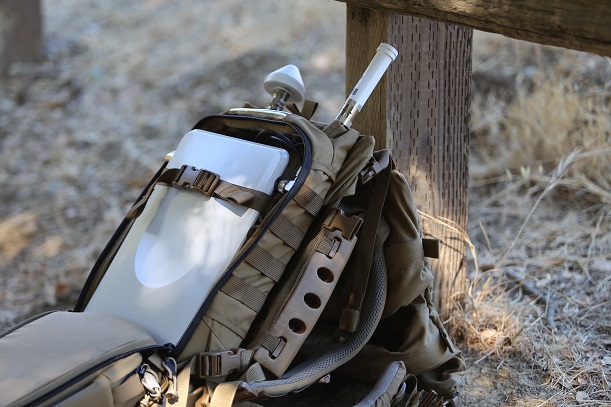Nokia has launched a LTE network in a backpack, aimed at public safety, disaster management or connecting remote areas.
The vendor said the Ultra Compact Network unit can also be transported by vehicle, drone or weather balloon and offers the highest levels of coverage and capacity for its size and weight.
It further shrinks the concept of last year’s Network in a Box, which was a 40kg macro base station.
This new unit weighs five kilograms and needs 100W of power. It has a range of 75 kilometres for up to 400 users and can backhaul onto an operator’s existing network through cable, satellite or microwave.
It is based upon Nokia’s Flexi Zone Small Cells products and can offer voice, video and data services within minutes of the unit arriving on the site.
There is also an embedded LTE core network for evolved packet core functions, which Nokia said removes the need for additional equipment to set up a closed mobile network.
Mansoor Hanif, Director of RAN at EE, said: “EE had the opportunity to trial Nokia’s latest innovation, the Ultra Compact Network, in indoor and outdoor environments in May 2016. We were very impressed with the capabilities of this lightweight, easily deployable small cell system. It is an ideal solution for disaster recovery and to deliver temporary coverage both for public and private sector customers.”
Thorsten Robrecht, Head of Advanced Mobile Networks Solutions at Nokia, said: “The Ultra Compact Network is an exciting addition to Nokia’s end-to-end portfolio of technologies for mission- and business-critical communications. The need for rapidly deployable 4G solutions is closely linked to the explosion of video and data usage in public safety scenarios.”
Today, Nokia’s vendor rival Ericsson said it was deploying its own mini network units across London after partnering with Vodafone.



